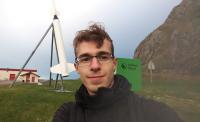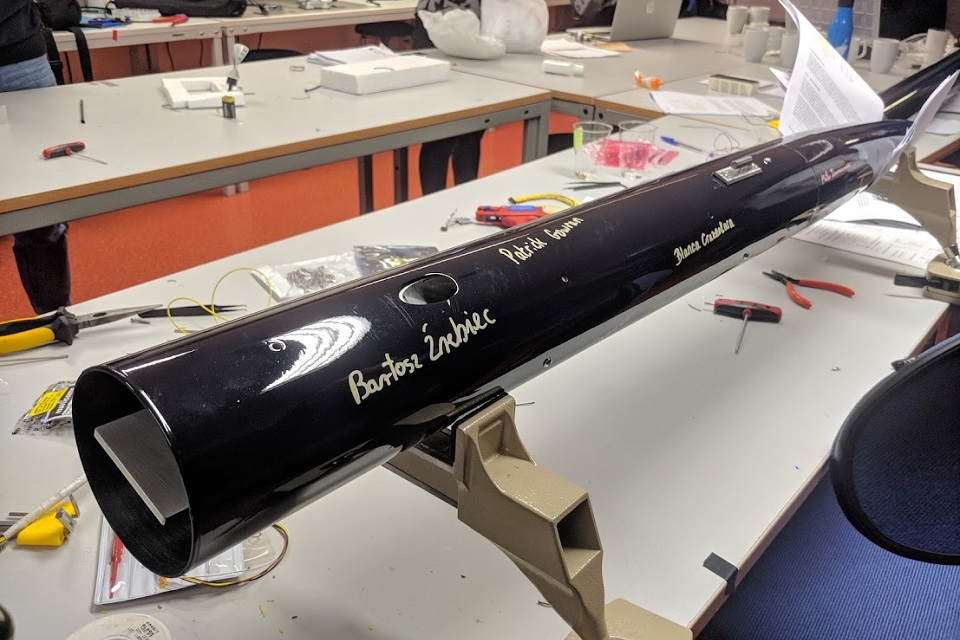Fly a Rocket! Our student in the European Space Agency program
Bartosz Źrebiec, a student of the Faculty of Power and Aeronautical Engineering, was the only representative of a Polish university to qualify for the prestigious ESA program and took part in the student rocket launch campaign.
Fly a Rocket! is a project in which students from all over Europe build, test and finally launch the rocket they previously worked on. The program is run by ESA in cooperation with Andøya Space Education and the Norwegian Space Agency.
The sixth edition of the program was divided into two parts. An intensive online course in the field of astrodynamics, atmospheric physics, and the basics of calculating trajectories started last winter. It was a preparation for the second part - the rocket launch campaign that took place between October 10 and 16 on the Norwegian island of Andøya.
— Before the launch campaign, we had to solve a set of tasks in three categories: orbital mechanics, rocket propulsion along with the rocket's flight trajectories, as well as numerical calculations — explains Bartosz Źrebiec. — The assignments were tremendously varied, oftentimes tricky, they required careful consideration and determination of the problem's essence. Further challenges emerged during the campaign at the Andøya Space center.
A group of 24 students was divided into several sections. Our student worked in the Sensor Experiments Group team responsible for creating an inertial navigation system connected with a GPS system. — The biggest challenge for me was the analysis of telemetry data. Sensor data was noisy and at times incomplete. We had to come up with our own Python algorithms to recover the correct data and fill in the missing ones. Fortunately, everything worked out - recalls the young engineer from the Warsaw University of Technology.
The students learned about the effects of the work of all their teams on October 14th. At 15:57 local time, the rocket was launched and reached an altitude of approx. 8 km.
However, the program did not end with the safe landing of the rocket in the sea. In the near future, a final report will be prepared, which will describe the measurement systems, experiments along with assumptions, data analysis and conclusions. As Bartosz Źrebiec emphasizes, he will use the experience gained thanks to Fly a Rocket! in the Student Astronautic Circle, which he has been a member of for some time.









